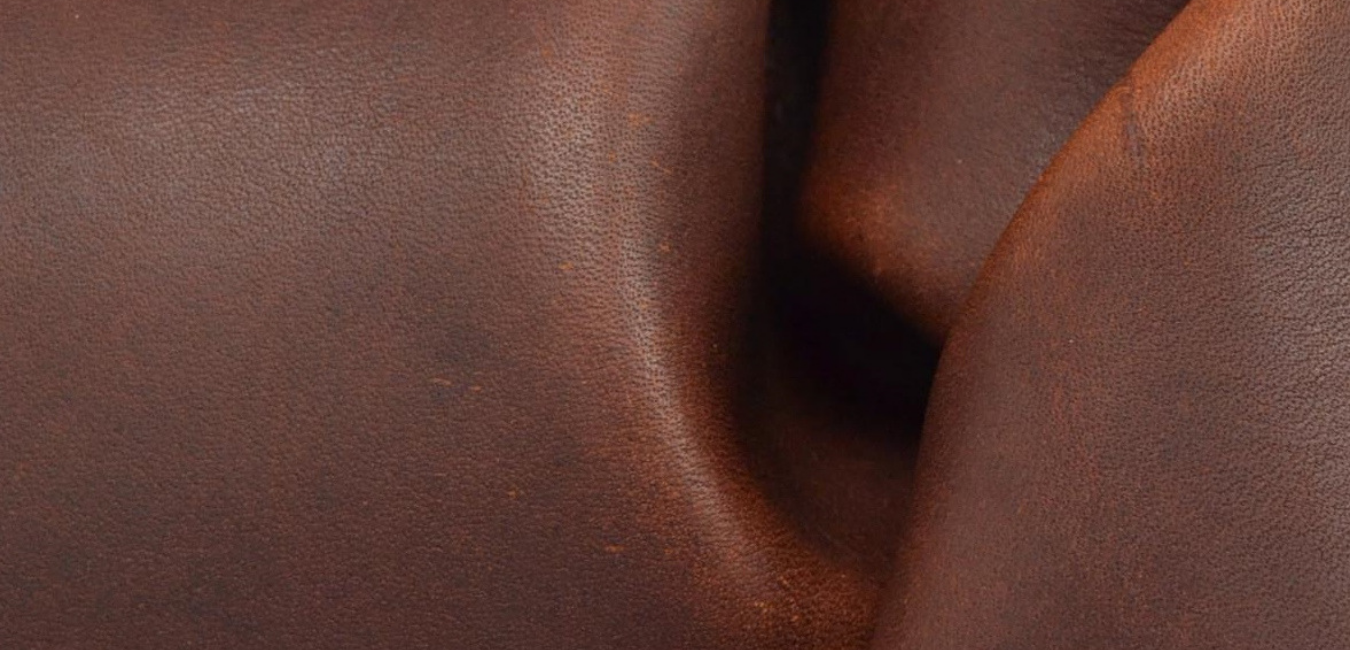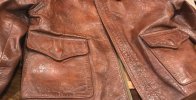Enigma1938
Well-Known Member
Hey folks,
There's a thing that makes me wonder and I'm sure I'm not alone with that.
We all know the great photos of ww2 usaaf veterans in their famous A2 jackets and some of us know a few surviving original jackets today. When we look at those jackets there is often so much character in the leather hides, the grain sometimes is outstanding but the question is; why can modern repro A2's even from the best makers not gain such a grain (or rarly) no matter how long we wear and abuse those jackets?? What is the difference?
One can say "hey those original jackets gained their grain and patina in many decades of hard wearing", but lots of the ww2 photos showing men who wear their jackets for an average of 1 or 2 years (some longer but many lesser) but they already show that desired grain of which we are after so much.
It seems that there is a secret left in producing / tanning leather back then, something modern makers are not able to reproduce no matter how much effort they bring up in authenticity.
There may be very few modern A2 repros which look comparable but they seem to be an exception.
Take Mr. Uber's A2 for example, it's almost impossible to bring a modern repro to look this way :

There's a thing that makes me wonder and I'm sure I'm not alone with that.
We all know the great photos of ww2 usaaf veterans in their famous A2 jackets and some of us know a few surviving original jackets today. When we look at those jackets there is often so much character in the leather hides, the grain sometimes is outstanding but the question is; why can modern repro A2's even from the best makers not gain such a grain (or rarly) no matter how long we wear and abuse those jackets?? What is the difference?
One can say "hey those original jackets gained their grain and patina in many decades of hard wearing", but lots of the ww2 photos showing men who wear their jackets for an average of 1 or 2 years (some longer but many lesser) but they already show that desired grain of which we are after so much.
It seems that there is a secret left in producing / tanning leather back then, something modern makers are not able to reproduce no matter how much effort they bring up in authenticity.
There may be very few modern A2 repros which look comparable but they seem to be an exception.
Take Mr. Uber's A2 for example, it's almost impossible to bring a modern repro to look this way :


